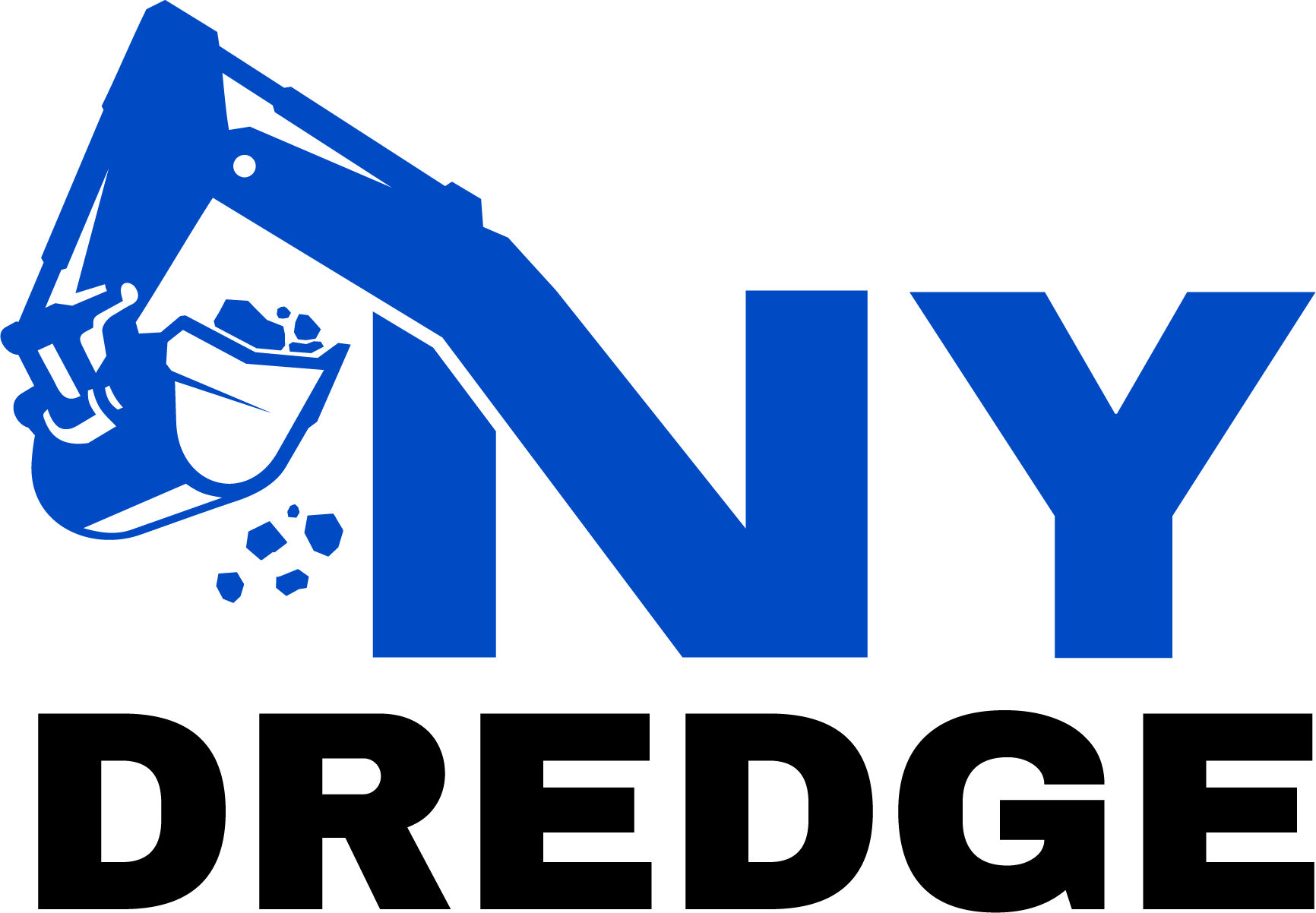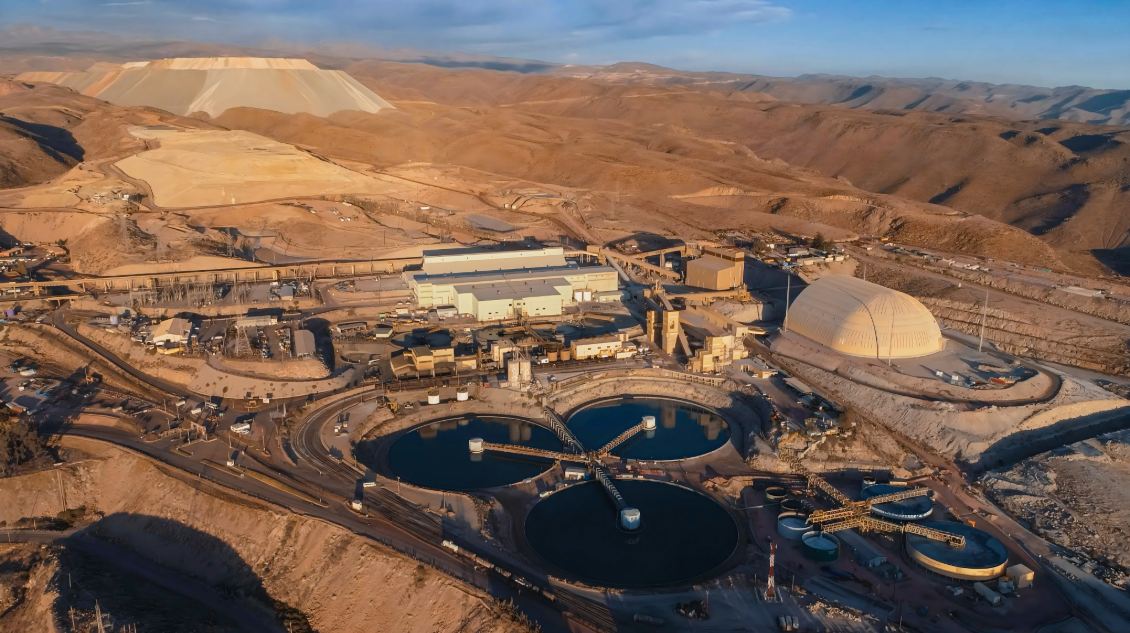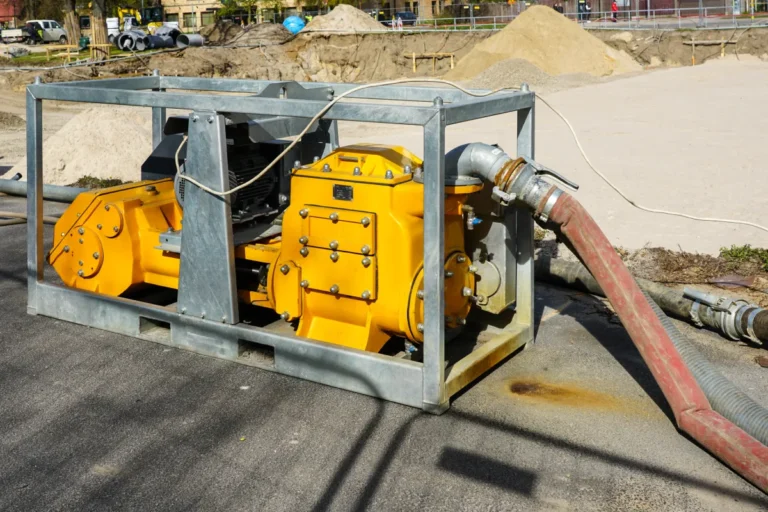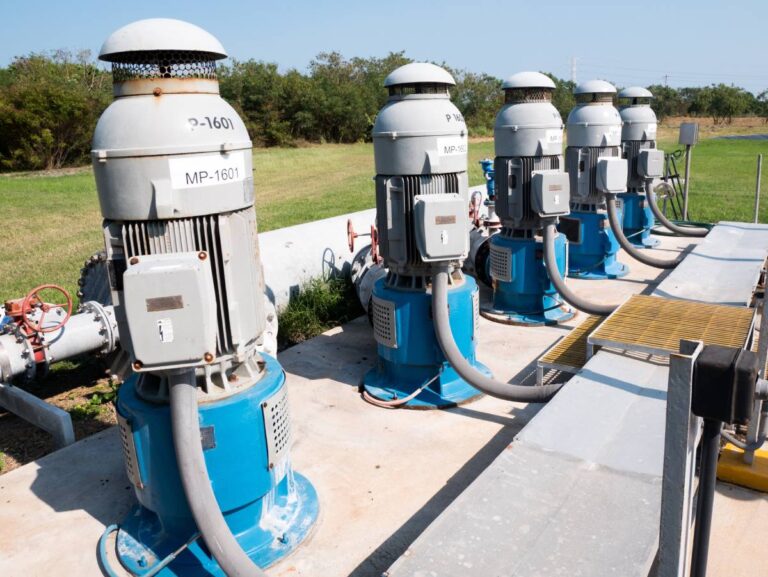Handling abrasive slurry is one of the most demanding challenges in industrial fluid transport. These mixtures,often loaded with sand, gravel, ash, or ore,cause excessive wear on standard pumping equipment, leading to frequent maintenance, reduced efficiency, and costly downtime. To manage these conditions effectively, industries rely on abrasive slurry pumps specifically engineered for high-solids, high-wear environments. This article examines the importance of these pumps, the engineering principles behind their durability, and key considerations when selecting the right solution. Whether you’re involved in mining, dredging, or industrial processing, understanding the role of specialized slurry pumping systems can significantly improve long-term operational performance.
What Makes Abrasive Slurry So Damaging?
Abrasive slurry poses one of the most challenging tasks in industrial fluid handling. Composed of solid particles suspended in a liquid,often water,these mixtures are highly erosive and can rapidly degrade mechanical equipment if not properly managed. Common examples include mining tailings, sand-water mixtures used in dredging, fly ash in power plants, and lime or cement slurries in construction and manufacturing. Each of these slurries contains hard, angular solids that strike internal pump surfaces at high velocity, accelerating wear and reducing equipment lifespan.
Inadequate material selection and incorrect pump configuration often lead to premature failures. Pumps not specifically designed for abrasive slurry applications are prone to impeller erosion, seal leakage, casing degradation, and frequent clogging. The wrong approach to slurry pumping not only increases maintenance costs but can also lead to extended downtime and operational inefficiencies.
This is why selecting a well-engineered abrasive slurry pump, built with wear-resistant materials and proper clearances, is critical for long-term performance. Leading slurry pump manufacturers design their pumps specifically to withstand the aggressive nature of these fluids, ensuring reliable and cost-effective slurry pumping in harsh environments.
Engineering for Extremes: How Abrasive Slurry Pumps Are Built to Last
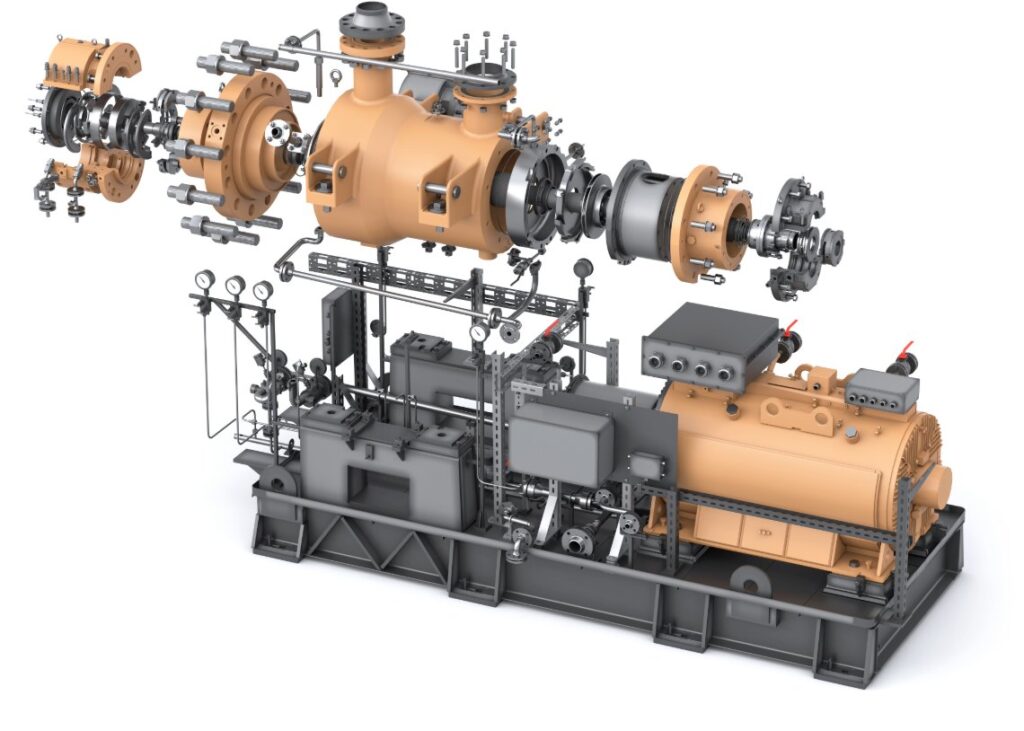
Abrasive slurry pumps are engineered with durability at their core to handle the harsh conditions posed by high-solids, erosive fluids. One of the most critical factors in pump longevity is the selection of suitable materials. High-chrome alloys are commonly used for impellers and wear parts due to their exceptional hardness and resistance to abrasion. In environments where impact resistance is prioritized, components may be manufactured from hardened steel. Elastomer linings, such as rubber or polyurethane, are also used in certain applications to provide a flexible barrier against both wear and chemical attack.
Beyond material choices, the mechanical design of an abrasive slurry pump plays a key role in its performance. These pumps typically feature large internal clearances, allowing the passage of oversized solids without clogging. Open or recessed impellers are often used to minimize contact between solids and critical pump components. Replaceable liners extend pump life by allowing for cost-effective part replacement rather than a full unit overhaul.
Leading slurry pump manufacturers integrate these design principles to ensure their products deliver maximum uptime with minimal maintenance. These specialized pumps are purpose-built for reliable slurry pumping in mining, dredging, and industrial processing operations where erosion, corrosion, and impact are constant threats. The result is a rugged, abrasive slurry pump that performs reliably in even the most extreme conditions.
Fixing the Bottlenecks: Common Industry Problems Solved by Abrasive Slurry Pumps
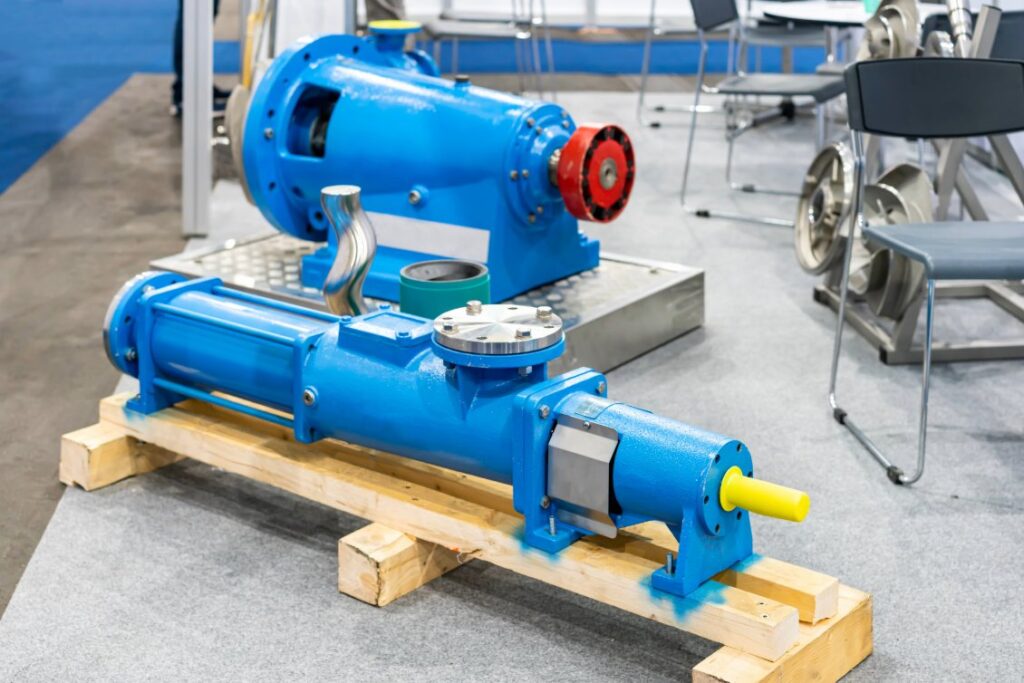
In many heavy-duty industries, standard pumps often become the weak link in operations due to their inability to effectively handle abrasive materials. One of the most persistent issues is frequent clogging, particularly in dredging lines where large, irregular solids, such as sand, gravel, or organic debris, are transported. Conventional pumps with tight internal clearances and closed impellers are prone to blockages, leading to costly downtime. Abrasive slurry pumps, on the other hand, are designed with open impellers and larger clearances, allowing them to pass high-solids content without interruption.
Another major challenge arises in mineral processing plants, where aggressive slurries, such as ore concentrate and tailings, cause rapid wear on pump internals. In these settings, abrasive slurry pumps engineered with wear-resistant materials and replaceable liners drastically reduce the frequency of part failure and maintenance interventions.
Seal and impeller failures are also a common source of downtime in slurry pumping systems. Exposure to high-velocity, abrasive particles accelerates the breakdown of mechanical seals and impeller edges in pumps that are not designed for such environments. Quality slurry pump manufacturers address this by incorporating heavy-duty sealing systems and robust impeller designs into their abrasive slurry pump models, ensuring continuous operation and longer service life in the harshest industrial applications.
Industry Spotlight: Where These Pumps Make a Difference
Abrasive slurry pumps play a crucial role in maintaining operational efficiency across various heavy industries, where conventional pumps often fail. In mining and mineral processing, these pumps are crucial for transporting high-density slurries, including ore concentrates, tailings, and crushed rock. The ability to withstand constant abrasion helps sustain throughput in grinding circuits, flotation cells, and dewatering processes, reducing the need for frequent equipment replacement.
In dredging and marine projects, abrasive slurry pumps are used to move sand, gravel, silt, and other solid-laden mixtures through pipelines over long distances. Their non-clogging design and robust wear resistance ensure uninterrupted operation, which is vital for both environmental dredging and port maintenance tasks.
Power plants and cement facilities rely on abrasive slurry pumps to manage bottom ash, fly ash, and other waste slurries. These abrasive byproducts require pumps that can perform consistently under high temperatures and erosive conditions, reducing unplanned shutdowns and lowering maintenance costs.
In the oil & gas and petrochemical sectors, abrasive slurry pumps are used to transport high-viscosity, abrasive fluids that may contain sand, drilling cuttings, or other particulates. Leading slurry pump manufacturers provide solutions that maintain flow efficiency while protecting internal components from aggressive wear. Across all these sectors, purpose-built pumps are essential to reliable slurry pumping in demanding applications.
Choosing the Right Pump for the Job
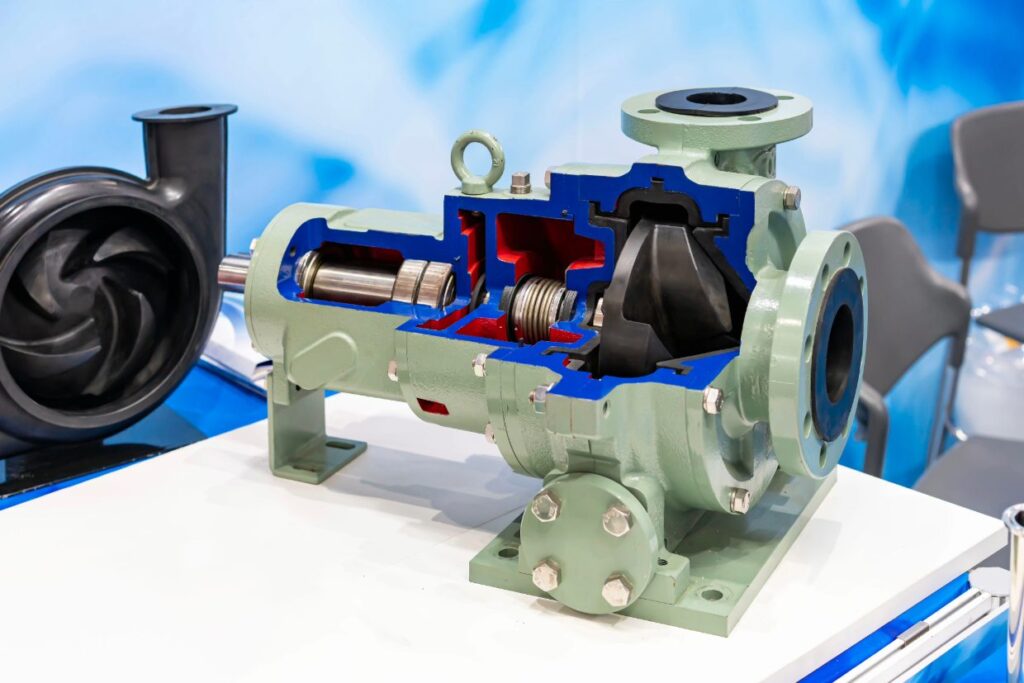
Selecting the right abrasive slurry pump requires a clear understanding of application-specific parameters such as slurry composition, particle size, concentration, flow rate, head pressure, and operating environment. A mismatch between pump design and operating conditions often leads to excessive wear, low efficiency, and frequent breakdowns. Many operations that rely on off-the-shelf pump solutions quickly discover that these units lack the durability and customization necessary for handling abrasive slurry.
Standard pumps are typically not designed to withstand the high levels of abrasion, corrosion, and impact commonly encountered in industrial slurry applications. They may use materials and components not suited for prolonged exposure to solid-laden or chemically aggressive fluids, resulting in rapid component failure. In contrast, an engineered abrasive slurry pump is designed with the specific application in mind, incorporating wear-resistant materials, optimized impeller geometry, and heavy-duty seals.
Partnering with experienced slurry pump manufacturers ensures access to purpose-built solutions that enhance reliability, reduce the total cost of ownership, and improve operational uptime. These manufacturers offer technical expertise to guide the specification and configuration process, ensuring optimal performance in demanding slurry pump environments.
Long-Term Value: Operational and Cost Advantages
Investing in a high-quality abrasive slurry pump provides measurable long-term benefits for operations handling high-solids and erosive fluids. One of the most significant advantages is reduced wear and tear, as well as lower maintenance costs. These pumps are engineered with durable materials and replaceable wear components, which significantly extend service intervals and reduce the frequency of part replacements.
With proper selection and maintenance, abrasive slurry pumps can operate reliably for longer periods without unexpected breakdowns. This extended pump life minimizes unplanned downtime, keeping production on schedule and reducing labor and repair costs. Fewer shutdowns translate directly into higher operational efficiency and improved asset utilization.
Over time, these benefits contribute to a lower total cost of ownership, especially in industries where harsh slurry conditions are unavoidable. Leading slurry pump manufacturers understand these demands and deliver solutions tailored for longevity and reliability. By selecting the right pump for demanding slurry pumping applications, operators can achieve greater consistency, lower maintenance costs, and improved return on investment.

What to Ask Your Slurry Pump Manufacturer
When sourcing an abrasive slurry pump, it’s essential to engage with the manufacturer to ensure the equipment is suited for your specific application. Start by asking about customization capabilities. Not all slurry environments are the same, so confirm whether the manufacturer can modify impeller design, casing thickness, or seal types to match your operating conditions, slurry properties, and site requirements.
Material selection is another critical consideration. Leading slurry pump manufacturers should offer a range of options, including high-chrome alloys, hardened steel, and elastomer linings. Ask about the wear resistance of these materials and whether the manufacturer provides any performance or durability guarantees under abrasive conditions.
Finally, evaluate the level of support for installation, spare parts, and troubleshooting. Reliable slurry pumping depends not only on the initial product but also on the ongoing availability of components and technical assistance. A manufacturer with strong after-sales support can help minimize downtime and ensure long-term pump performance in demanding slurry environments.
Build Your Operation Around the Right Pump
Abrasive slurry applications demand more than just standard pumping solutions; they require robust engineering, specialized materials, and a deep understanding of fluid dynamics under harsh conditions. From mining and dredging to power generation and petrochemical processing, abrasive slurry pumps play a vital role in maintaining system efficiency and reducing downtime. Working with experienced slurry pump manufacturers ensures that each pump is purpose-built to handle specific challenges such as high solids content, corrosive materials, and continuous-duty operation.
If your operation involves high-wear slurry handling and you’re looking to improve performance while minimizing maintenance costs, partnering with the right pump provider is essential. At NY Dredge, we offer access to industry-proven abrasive slurry pump solutions and expert guidance tailored to your project requirements. Contact our team to discuss your slurry pumping challenges and discover how our equipment and support can help maximize your operation’s uptime and reliability.
